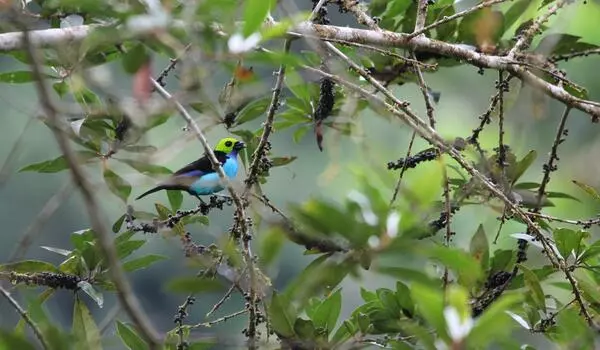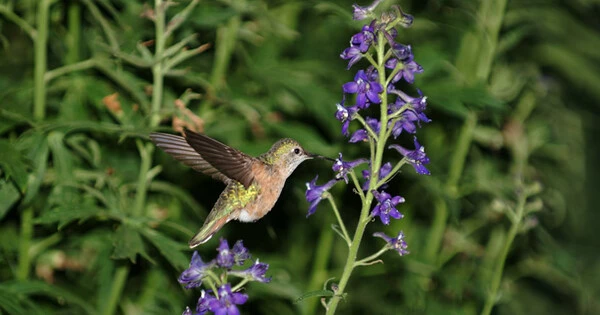Biodiversity conservation in urban areas has grown in importance not only due to the growing human population in urban areas, but also because it is one of the innovative ways to conserve biodiversity suggested by various global environmental conventions.
A new study led by Lund University in Sweden found that cities have a negative impact on bird diversity. Even if the forest areas are of equal quality, urban forests have significantly fewer bird species than forests in the countryside.
The researchers looked at 459 natural woodlands in or near 32 southern Swedish cities. They counted the occurrence of various bird species and found that natural forests in city centers have a quarter fewer species of forest birds than forests outside the city. In terms of endangered species, urban forests had roughly half the number of species as rural forests.
According to William Sidemo Holm, one of the study’s authors, the findings “deepen our understanding of the impact of cities on biodiversity.” As cities spread across the globe, it is already well understood that urbanization is one of the primary driving forces behind biodiversity loss. What is not as well known, however, is how cities affect protected natural areas in a city.
Our conclusion is that it is critical to preserve natural forests both within and outside of cities in order to maintain local diversity. In the future, it would be particularly interesting to investigate whether coherent green infrastructure in cities, or between cities and countryside, can increase the opportunities for bird species in cities to find the necessary resources.
William Sidemo Holm
“Our study demonstrates that you cannot surround nature with urban development and expect it to remain as it is; there will be a negative effect,” says William Sidemo Holm, a doctoral student at Lund University who worked on the study.
The researchers wanted to look into similar forests or habitats. As a result, city parks have not been compared to rural forests, emphasizes William Sidemo Holm. This is one of the first studies to compare the diversity of similar habitats along an urban gradient.
“In this way, we can be certain that the results are not influenced by differences in the actual habitats, which in this case were natural forests. Instead, the surrounding environment was different,” he says.

The fact that an urban environment has such a clear negative impact on forest bird diversity may have to do with access to food, the researchers believe. Many birds depend on food resources not only in their immediate vicinity but also in their surroundings, and in cities there are fewer insects, for example. In addition, some species are sensitive to artificial disturbances such as noise and light, which occur more in cities.
“Our results highlight the importance of taking surrounding nature into account in urban planning. Above all, it is important to avoid the expansion of cities adjacent to protected environmental areas where there may be endangered species – we found that these are particularly sensitive to urban surroundings,” says William Sidemo Holm.
The study also showed that urban forests can be important for bird diversity. Although a majority of the bird species were more common outside the cities, there were species that were more often found in cities, such as the hawfinch. The reason may be that cities have more fruit trees that can provide them with food.
“Our conclusion is that it is critical to preserve natural forests both within and outside of cities in order to maintain local diversity,” William Sidemo Holm says. According to the researchers, more knowledge on how to reduce the negative impact on natural areas from the surrounding urban environment is needed in order to better preserve the biodiversity of cities.
“In the future, it would be particularly interesting to investigate whether coherent green infrastructure in cities, or between cities and countryside, can increase the opportunities for bird species in cities to find the necessary resources,” concludes William Sidemo Holm.
















